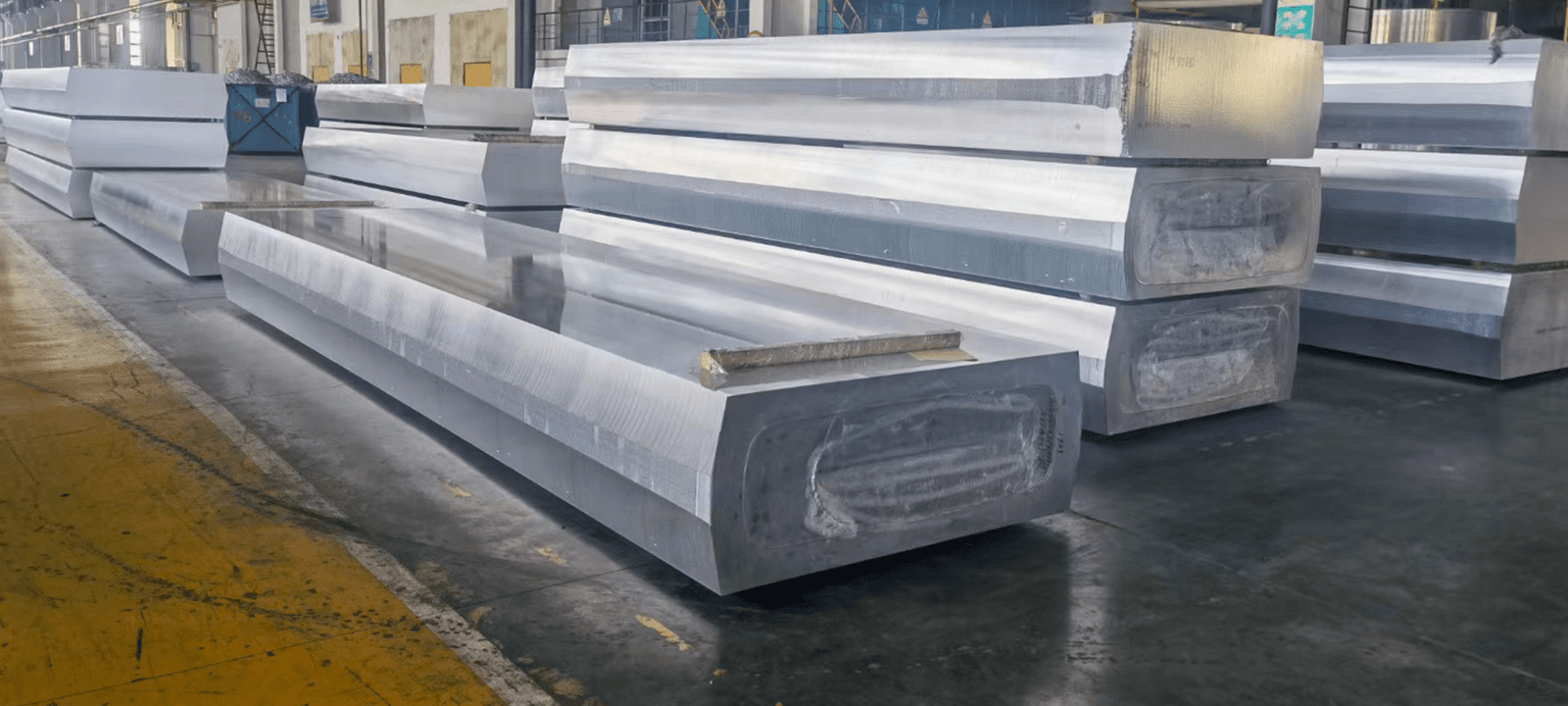Type 420 (UNS S42000/1.4021)
- Higher carbon content, which optimizes strength and hardness characteristics.
- It has the highest hardness of all stainless steel, with 12% chromium.
- The highest corrosion resistance is reached only in a fully hardened condition.
- Ideal for applications requiring high hardness.
Description
Type 420 stainless steel is martensitic steel with high carbon content, which is intended to offer strength and hardness. It provides similar resistance to corrosion as type 410 stainless steel, but with better strength and hardness.
It reaches excellent corrosion resistance when the metal is polished, surface grounded or hardened. Annealed, it offers good ductility.
Although possible, type 420 stainless steel is not often welded, due to its hardening characteristics.
Common Names:
Stainless steel type 420 is commonly known as Chromium steel.
Executive Standards/Grades:
- JIS: SUS 420J1
- ASTM: A276
- DIN: 1.4021
- UNS: S42000
- SS: 2303
- Euronorm: X20Cr13
Chemical Properties:
Type 420 stainless steel has the following chemical composition:
- Carbon – 0.15%
- Manganese – 1.00%
- Chromium – 12-14%
- Sulphur – 0.03%
- Phosphorus – 0.04%
- Silicon – 1.00%
Mechanical Properties:
- Hardness (HB) – 241 (max)
- Elongation (%) – 25
- Yield Strength (Mpa) – 345
- Tensile Strength (Mpa) – 655
Physical Properties:
- Density (x1000 kg/cm3) – 7.8
- Elastic Modulus (GPa) – 200
- Thermal Conductivity (W/m.K) – 24.9 at 212oF
- Specific Heat (J/kg.K) – 460
- Electrical Resistivity – 550
Key Features:
- It is the type with the highest hardness of all stainless steel grades
- Designed for high hardness, lacks corrosion resistance
- Achieves best corrosion resistance when the metal is hardened and surface ground or polished
- Due to rapid hardening and loss of corrosion resistance, it is not used at temperatures exceeding 800oF
- The higher carbon version of type 410, it can be hardened by heat treatment and offers excellent wear resistance
- Not usually welded, due to hardening properties, although it can be
- Easily machined when annealed, but difficult to machine due to hardness higher than 30 HRC
Forms Available:
Stainless steel type 420 is available in different forms such as:
- Sheet
- Plate
- Bar
- Coil
- Tube
Applications:
Because of its properties, stainless steel type 420 has a wide range of applications including:
- Cutlery
- Surgical equipment
- Shear blades
- Needle valves
- Hand tools
Possible Alternatives Grades:
Type 420 stainless steel has some possible alternatives that can be used. Such as:
- 410 – Lower hardened strength.
- 416 – Higher machinability.
- 440C – Higher hardened strength or hardness
FAQs:
- Can stainless steel type 420 be hot worked and cold worked?
Type 420 stainless steel can be minimally cold worked because it can crack. For hot working, it is recommended to slowly increase the temperature to 1400oF, then to 2000-2200oF. If furnace worked, it should be slowly cooled in the furnace to avoid cracking.
- Is type 420 weldable?
Type 420 stainless steel is not usually welded. Yet, welding is possible, and type 420 should be preheated to 300-400oF and post-weld tempered at temperature for 2 hours.
- Is type 420 resistant to corrosion?
Type 420 stainless steel provides low corrosion resistance in the annealed condition. It reaches optimum corrosion resistance when hardened and it provides good resistance to freshwater, mild acids, atmosphere, and foods
Get A Free Quote Now!







